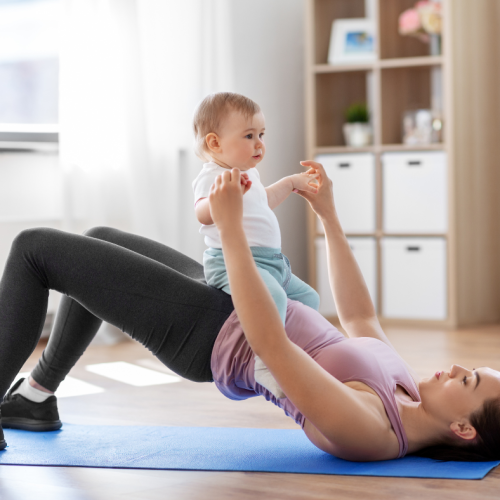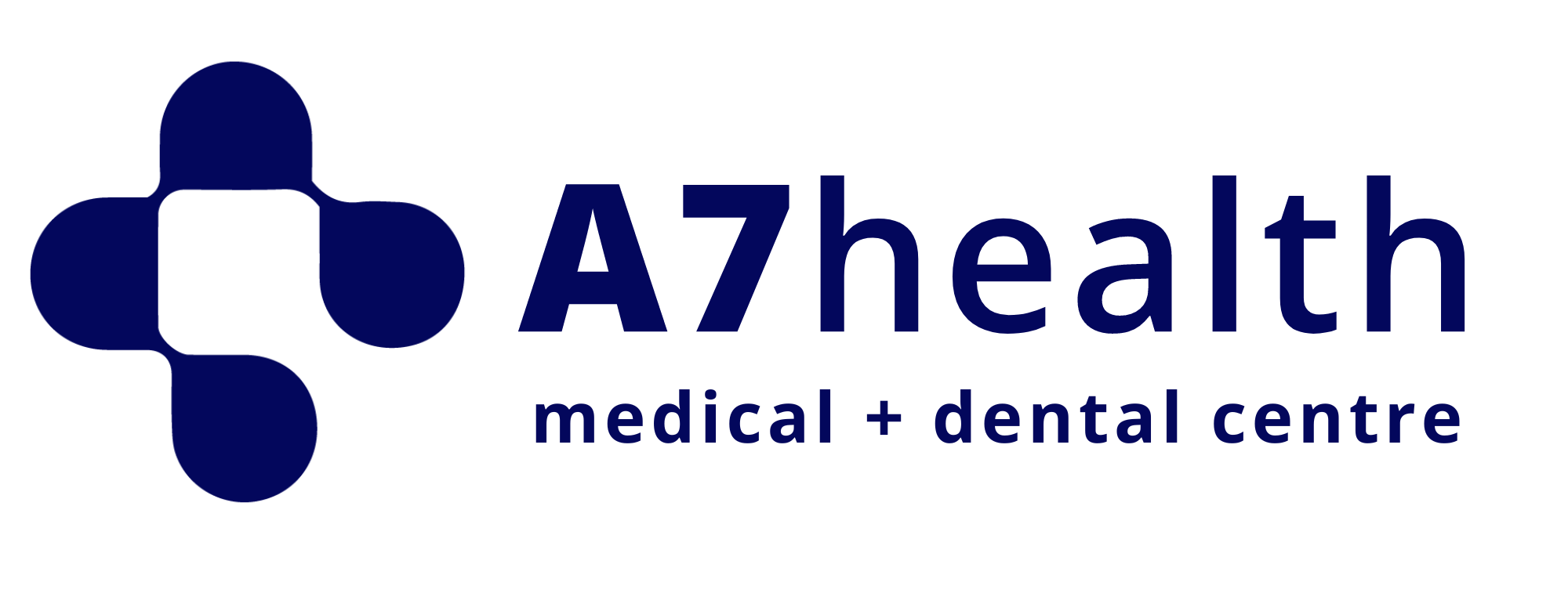Pelvic Strength after Pregnancy
The muscles in your pelvic floor become stretched during pregnancy and labor. Your pelvic floor is a supportive sling of muscles, ligaments and tissues that stretches across your pelvic bones. It does the important job of supporting your pelvic organs, such as your uterus, vagina, bladder and bowels.
What causes postpartum pelvic pain?
Perineal tearing – Tearing from vaginal delivery or episiotomy is one of the causes of postpartum pelvic pain.

Muscle weakness/imbalance – Overstretched abdominal muscles and an unstable pelvis can lead to discomfort during pregnancy and these changes don’t reverse immediately or automatically after delivery.
Damage to muscles – Damage to the abdomen and pelvis muscles during delivery can make it more difficult to lift, bend, carry, use the bathroom, and affect general mobility. Often, additional treatment, including scar massage and gentle strengthening, is required to return to treat these muscles.
Separation of pubic bones – This is a normal part of pregnancy and delivery, allowing for the baby to pass through the birthing canal. However, excessive separation can lead to increased movement of the bones and inflammation or pain in the pubic area.
Pelvic organ prolapse – This occurs when pelvic floor muscles are not working efficiently enough to support internal organs, such as the bladder, uterus, or rectum. Organ prolapse may lead to feelings of heaviness, pain, or bulging in the pelvis or vagina.
Treatment for pelvic pain
Gentle pelvic floor exercises, as soon as you feel comfortable or 1-2 days following the birth of your baby, provided there is no increase in your pain can help to ease pelvic pain.
Higher intensity activities, such as running or weight lifting put too much strain on the pelvic floor and are usually not appropriate to start doing within 3 months, or longer, after giving birth.
The first and most important exercises after giving birth are to train and strengthen your pelvic floor. These activities provide good blood circulation to the pelvic region and re-train the pelvic floor and abdominal muscles without overloading them.
Types of exercises
Kegel exercises – These exercises help strengthen the pelvic floor muscles.
Squeeze the muscles you would use to stop urinating. These are your pelvic floor muscles. You can do Kegel exercises two ways: either by holding (hold for 10 seconds and release) or quickly contracting (25 to 50 times).
Diaphragmatic breathing
Diaphragmatic breathing is the first exercise you can do to reconnect with your core and pelvic floor after labor. Holding your breath may keep your abdominal and pelvic floor muscles tense, preventing optimal contraction of the pelvic floor muscles. Diaphragmatic breathing can be done in any position, including lying down, sitting or standing. However, it is recommended to start while lying down.
Deep squat – Deep squats help relax and lengthen the pelvic floor muscles and stretch the perineum.
Stand with your legs wider than hip width. Slowly squat down as far as you can go with your hands pressed together in front of you.
Butterfly stretch – This exercise will stretch and strengthen muscles in your back, thighs, and pelvis, and improves your posture. It also keeps your pelvic joints flexible and improves blood flow to your lower body.
Sit on the floor with your back straight. Put your feet together and your knees dropped comfortably. Press both knees gently toward the floor using your elbows, you should feel a stretch in your inner thighs. Don’t bounce your knees up and down rapidly. Use a wall to support your back if you find it difficult to keep your back straight. Hold the position for 10 or 15 seconds and repeat.
Treatment at A7 Health for Pelvic strengthening after Pregnancy:
Get Physiotherapy for Postpartum Pelvic Pain – Book an appointment with a Physiotherapist at A7 Health who will assess you and treat your pelvic pain. Some of the treatments include:
- Massage for pain relief.
- Mobilisations on any stiff.
- Strengthening exercises.
- Strengthening exercises for your abdominal muscles.
Join an exercise class/session (with a Biokineticist) – Moderate exercise, such as walking, has been shown to help relieve pelvic pain during pregnancy. Stretching can help relieve sore muscles. Join an exercise class led by an A7 Health Biokineticist who will teach you exercises that will strengthen and relax muscles and help you to reduce the likelihood of pain during your pregnancy. These exercises will also help you with delivery and recovery after you give birth.
